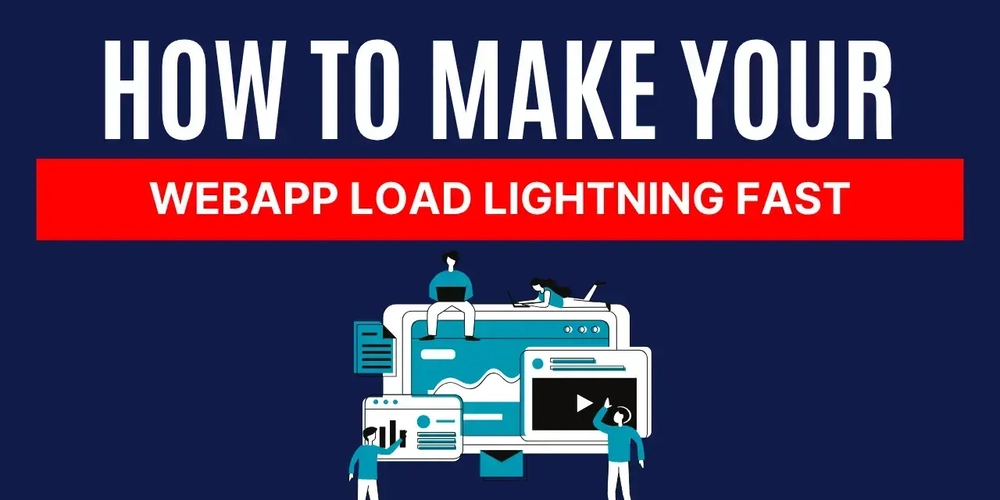Dev
1M
416

Image Credit: Dev
🚀 Boosting Page Load Times: Practical Strategies for a Faster Website
- Page load time plays a significant role in user experience and search engine rankings. Slow websites lead to increased bounce rates, decreased engagement, and negative SEO impact.
- The article provides practical strategies to speed up website loading, categorized into network optimizations, resource optimizations, and server optimizations.
- Network optimizations include using a Content Delivery Network (CDN), enabling compression like Gzip or Brotli, and implementing HTTP/2 for faster resource loading.
- Resource optimizations involve minifying CSS, JavaScript, and HTML, deferring and async loading for scripts, choosing the right rendering strategy (CSR, SSR, SSG), implementing lazy loading, and tree shaking for removing unused code.
- Additional tips include optimizing images with modern formats and lazy loading, creating a faster and smoother user experience.
- Regular performance audits using tools like Lighthouse or PageSpeed Insights are recommended to ensure ongoing optimization and improvements.
- Starting with basic optimizations like compression, CDN usage, and lazy loading, and gradually incorporating advanced techniques can greatly impact website speed.
- Performance optimization is dynamic; keeping abreast of new tools and methodologies is essential for maintaining a fast website.
- The article emphasizes the importance of a seamless user experience through speed enhancements and efficient resource utilization.
- Optimizing images, utilizing modern formats, and scaling images appropriately are highlighted as effective strategies for reducing loading times.
- In summary, the article provides actionable steps for improving website performance, ensuring a fast-loading, engaging user experience.
Read Full Article
25 Likes
For uninterrupted reading, download the app